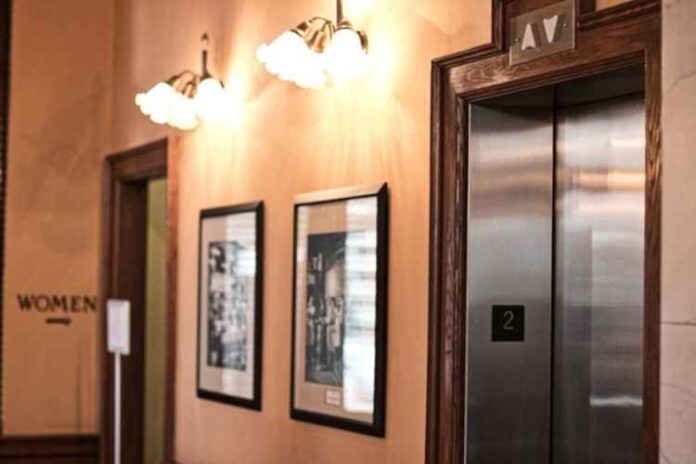Anybody who’s ever been in a multi-story building has probably expressed some gratitude for elevators. Elevators as we know them have been there to help us since 1853 when Elisha Otis showed his passenger elevator at a convention in New York City. The invention proved quite popular, with people flocking to ride in it and three years later, New York would have one of its own.
What followed was a long and storied history, filled with new ideas and developments. Where has a century-and-a-half worth of innovation gotten us, and how did we get here? We’ll talk more about the history of elevators in this article.
Early Experiments
Inventions don’t appear all at once. Usually, there’s a long line of experiments and failed attempts before somebody builds the best prototype. In the case of elevators, this line stretches back a long time.
The earliest experiments took place in the ancient world, at least 200 years BCE. These ‘hoists’ as they were called, functioned by using people or animals to lift up a platform that the user would ‘ride’ to a higher point.
Attempts to create elevator-like devices continued through time, with the nineteenth century seeing many different attempts at creating a working elevator. Many of these attempts utilized steam power, a type of energy that had been in existence since the late seventeenth and early eighteenth centuries.
Otis’ elevator differed from the previous models because he used hydraulics and installed brakes in his elevator.
The Late 1800s
Otis’ elevator is considered the first modern elevator, but it bears little resemblance to the elevators of today. One of the reasons for this is Werner von Siemens, a German inventor who improved on Otis’ design by creating an elevator that ran on electricity.
At about this same time, commercial elevators appeared as a quick way to travel through tall buildings.
Some buildings had elevators before this, but most were residential elevators for the rich. These elevators were quite slow and often had furniture in them so people could relax during the ride.
Roughly seven years later, Alexander Miles was given a patent for his electric elevator design.
The 1900s
The modernization of elevators owes much to the technological innovations of the early 1900s. While Otis and Miles made the elevator popular, several later inventions made the elevator much safer and even more efficient.
Otis would start the process by adding brakes. The 1890s saw the installation of buttons, and elevators in the 1920s gained the ability to track longer sequences of orders. In 1948, the first automatic doors emerged, and two years later came the first elevator without an operator.
We’re still modernizing and improving elevators. If you need to safely modernize an elevator, AuditMate is for you.
A Brief History Of Elevators
Elevators have a long history of innovation behind them, and perhaps there are more to come. We’ve discussed the elevator’s history in this article, but there’s always more to learn.
If you want to read more about a myriad of lifestyle topics please visit our site.


